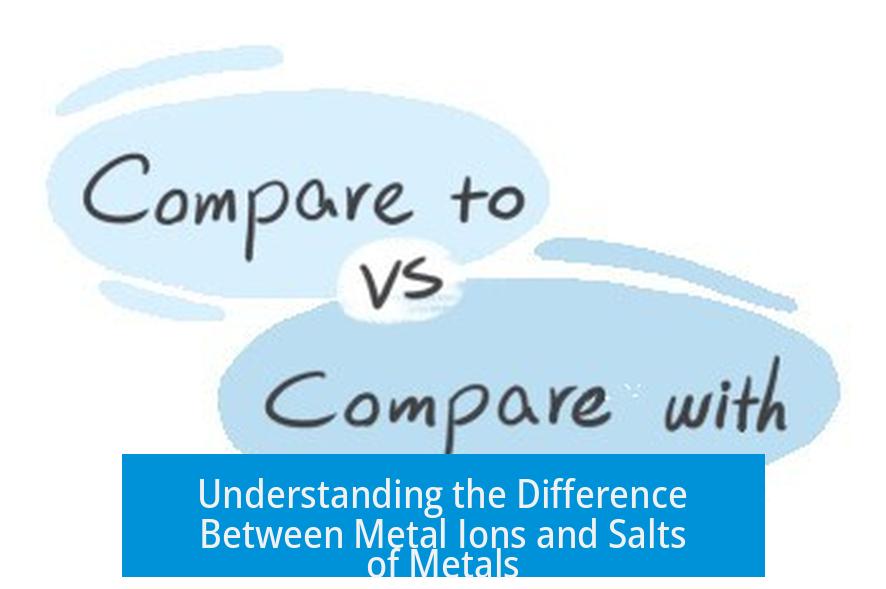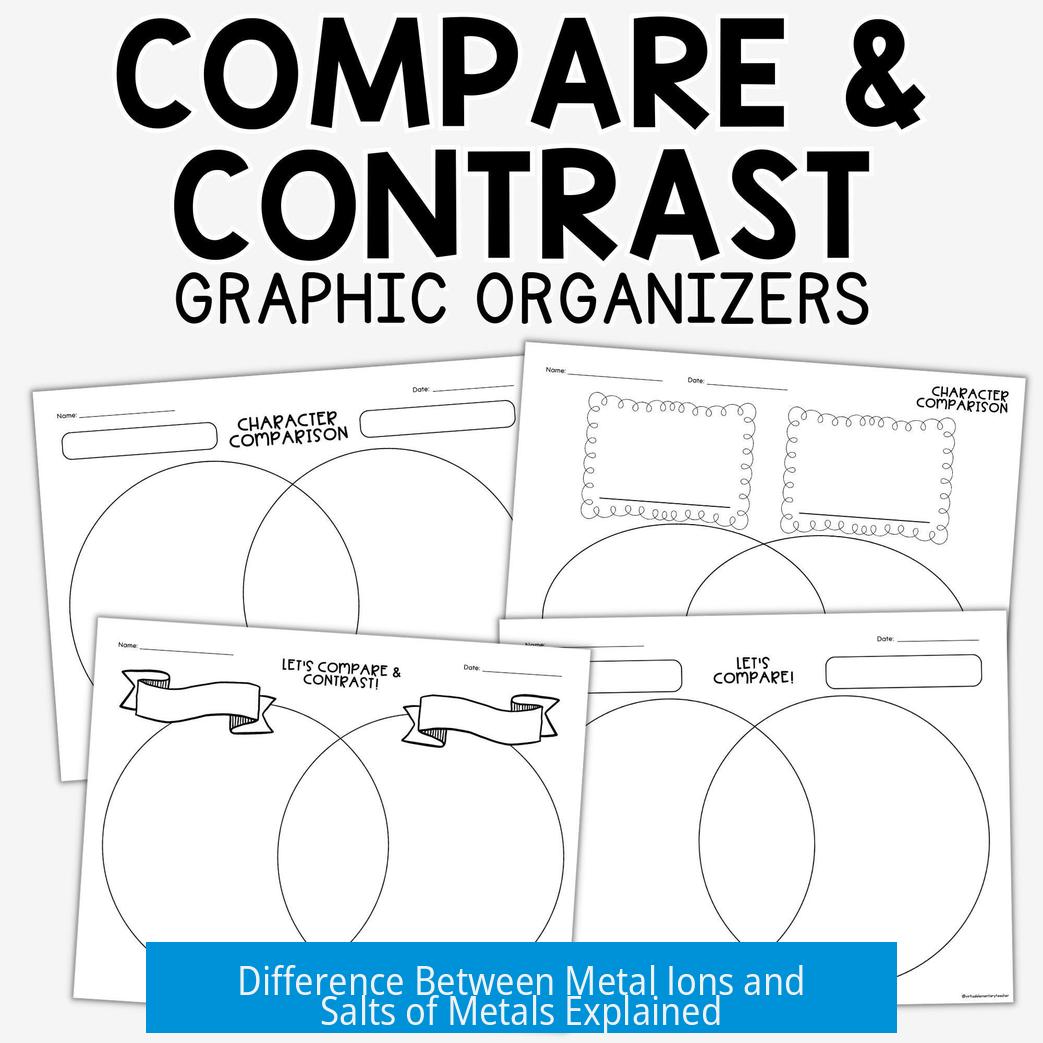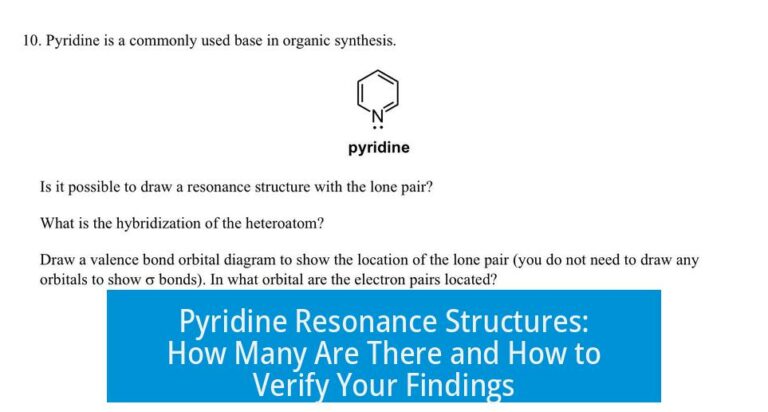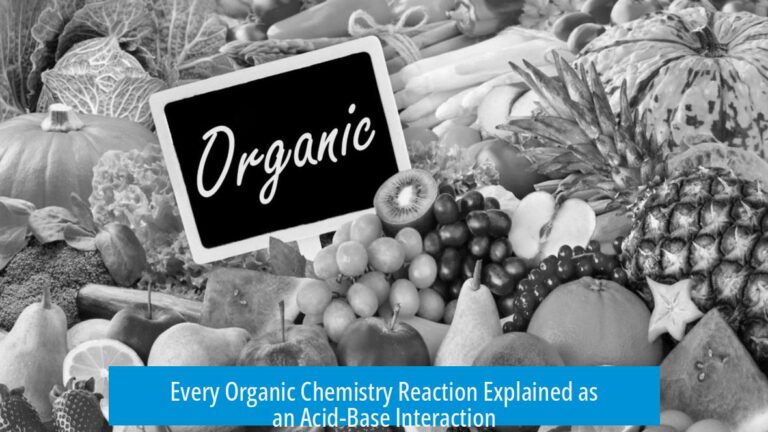Understanding the Difference Between Metal Ions and Salts of Metals

Metal ions are charged particles of metals, while salts of metals are neutral compounds formed by the combination of metal ions with non-metal ions. This distinction underlies their differences in composition, solubility, and physical properties.
Definition and Composition
Metal ions are atoms of metals that carry a positive charge due to the loss of one or more electrons. They exist as individual charged species in solution or as part of compounds.
In contrast, a salt is a compound composed of positive and negative ions combined to form a neutral substance. When one of these ions is a metal ion, the salt is referred to as a metal salt.
- Salts have an overall neutral charge.
- Metal salts contain metal cations paired with anions from non-metals or polyatomic ions.
- Some salts, such as ammonium chloride, do not include metal ions and are called non-metallic salts.
Solubility and Physical Characteristics
Metal ions, being highly charged, require solvents with a high dielectric constant to dissolve effectively. As a result, they are generally insoluble in common organic solvents, which are less polar.
Similarly, metal salts do not dissolve well in organic solvents due to their ionic nature and strong intermolecular forces that hold ions tightly together. Their strong ionic bonds result in very low vapor pressures, making distillation challenging.
| Property | Metal Ions | Metal Salts |
|---|---|---|
| Charge | Positively charged ions | Neutral compounds |
| Composition | Metal atoms missing electrons | Metal ions + non-metal ions |
| Solubility in Organic Solvents | Poor due to high charge | Poor due to ionic bonding |
| Vapor Pressure | Low to moderate | Very low, difficult to distill |
Summary of Key Differences
- Metal ions are individual charged particles, while metal salts are neutral ionic compounds containing metal ions.
- Not all salts contain metal ions; metal salts are a subset within salts.
- Both metal ions and their salts show limited solubility in organic solvents due to charge interactions.
- Strong intermolecular forces in metal salts result in practical challenges like difficulty in distillation.
What is the main difference between metal ions and metal salts?
Metal ions are charged particles with positive charge. Metal salts are neutral compounds formed when metal ions combine with non-metal ions, balancing charges.
Can salts exist without metal ions?
Yes. Not all salts contain metal ions. For example, ammonium chloride is a salt that contains ammonium, a non-metal ion, instead of a metal ion.
Why are metal ions poorly soluble in organic solvents?
Metal ions have high charges requiring solvents with high polarity to dissolve. Most organic solvents have low polarity, so metal ions do not dissolve well in them.
Why are metal salts difficult to distill?
Metal salts have strong intermolecular forces. This results in low vapor pressures and makes distillation challenging or ineffective.
How does solubility differ between metal ions and metal salts in organic solvents?
Metal ions and metal salts both usually have low solubility in organic solvents. However, metal salts are neutral, yet still not soluble due to strong ionic interactions and low polarity of organic solvents.





Leave a Comment